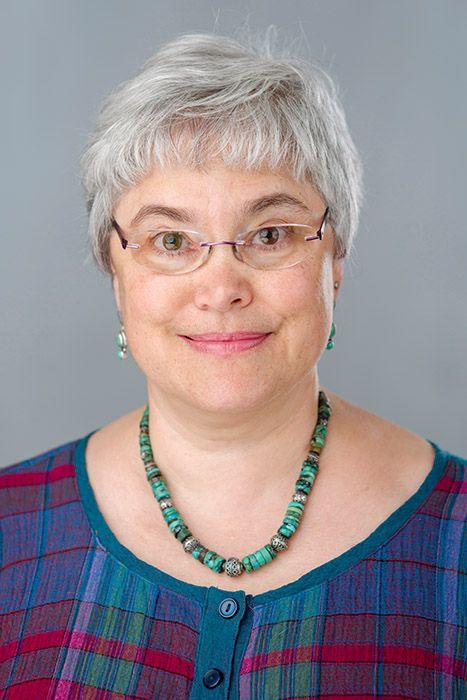I have worked in the field of bioarchaeology for thirty years, particularly in the field of achaeozoology and the study of worked osseous materials from animals. I am involved with a number of projects concerned with the way people in the past used material culture, especially objects derived from the animal body, in various forms of social discourse. Related to this, I am also generally interested in multiple and often contradictory attitudes towards animals in the medieval past.
Since 1988, I have been the chief faunal analyst at the Aquincum museum, a branch of the Budapest History Museum. I have run the archaeozoology/archaeobotany laboratory since 2000 and this year was made co-director of bio-archaeology studies at the Budapest History Museum for all archaeological departments. In addition to teaching research methodologies to first year PhDs at the medieval department I have begun to offer courses introducing concepts in bioarchaeology to students in the department. As part of the environmental and landscape specialization I also am involved in the development of the Medieval Animal Data-networks or MAD. This WIKI based projects seeks to gather data from various multi-disciplinary sources such as texts, images and archaeozoology. The intention is to bring a more complex approach to animal sudies in the mediaval period.
I am perhaps best known internationally, however, for my work on worked osseous materials, primarily from the Bronze Age but also from Roman and medieval contexts. I am liaison officer for the Worked Bone Research Group, a working group for ICAZ (International Council for Archaeozoology) and run the mailing list for this group which was co-ounded by me in 1998. I have published numerous articles and edited two volumes (to date) on how this class of material culture was exploited and fit into various social narratives in the past.
